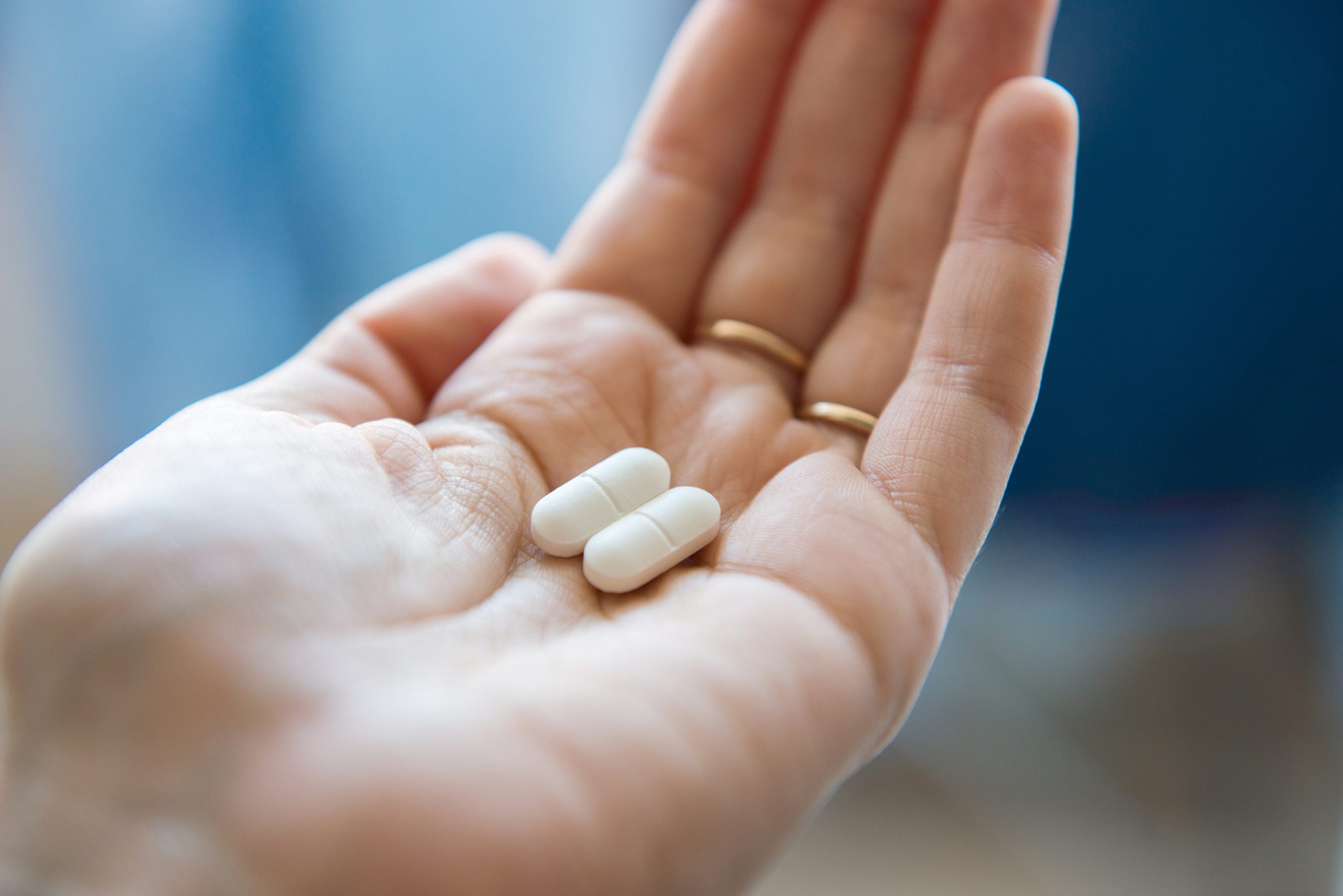How does paracetamol work?

How does paracetamol work?
Whether you’re suffering from back ache, a sinus headache or something else, your first thought might be to reach for the paracetamol to help ease your discomfort. But what exactly is this medicine, and how does it know to target the pain you’re feeling?
In this article, we take a closer look at this commonly used pain relief medication to explain what it does and how it works. Keep reading to learn more about paracetamol.
What is paracetamol?
Paracetamol is a medicine that’s used to treat aches and pains. It is typically used to relieve mild to moderate pain associated with common health complaints. Such as headaches, muscle aches, toothache, arthritis and sprains. It can also help alleviate the symptoms of colds and the flu too.
Most people can safely use paracetamol, so healthcare professionals often recommend it as a first treatment for pain.[1]. There are rarely any side effects, it’s safe to take during pregnancy and while breastfeeding, (all at the recommended dosage).
You can purchase paracetamol from pharmacies and supermarkets, and it is available in many different forms. Paracetamol is available to buy as tablets, caplets, soluble tablets, suppositories (capsules that are inserted into the back passage), and as a liquid which is suitable for children. You can buy paracetamol combined with other painkillers and anti-sickness medicines too, such as some cold and flu remedies.
The typical dosage of paracetamol is one or two 500mg tablets at a time, up to four times within a 24-hour period – with a maximum of eight tablets in 24 hours.
While it’s perfectly safe to take paracetamol at the same time as using other pain relief medication, such as Ultra Chloraseptic’s soothing throat sprays, it’s important to note that you should not take paracetamol with other medicines which contain paracetamol as you could be at risk of overdose. If you’re in doubt, always read the label or speak to your pharmacist for advice.
You should also be aware that it may not be safe for you to take paracetamol and drink alcohol if you have certain health conditions, including liver problems. In this case, you should refer to your medicine leaflet.
How does paracetamol reduce fever?
Yes, paracetamol can reduce fever, otherwise known as a high temperature.
Scientists believe paracetamol works by blocking the chemical messengers in the brain that signal pain to the body[2]. Paracetamol also affects the chemical messengers in the area of the brain that’s responsible for regulating body temperature, therefore bringing down your temperature if it’s too high, which in turn can help you feel better.
Once you’ve taken paracetamol, it can take up to an hour to work, and it can keep working for up to five hours.
How does paracetamol know where the pain is?
Paracetamol is an effective remedy for relieving discomfort when you’re not feeling well – but how does it know where the pain is?
As we have previously touched upon, paracetamol appears to work by blocking chemical messengers in your brain that tell you your body is in pain. When the body is in pain, electrical signals travel from the site of the pain, up through the nerves and spinal cord to the brain. At this point, paracetamol is able to disrupt these messages and therefore block the processes that cause those feelings of pain.
It’s also thought that paracetamol is able to restrict the way in which the prostaglandin chemicals work[3]. These chemicals are released into the body when an injury occurs. Some of the body’s nerves feature special pain receptors called nociceptors which are extremely sensitive to prostaglandin. So, since paracetamol hinders the effect of prostaglandin, the brain is not made alert to the pain. As a result, you’re not able to feel as much pain or discomfort.
Resources:
[1] https://www.nhs.uk/medicines/paracetamol-for-adults/about-paracetamol-for-adults/
[3] Anderson, Brian J. “Paracetamol (Acetaminophen): mechanisms of action.” Paediatric anaesthesia vol. 18,10 (2008): 915-21. doi:10.1111/j.1460-9592.2008.02764.x https://pubmed.ncbi.nlm.nih.gov/18811827/

